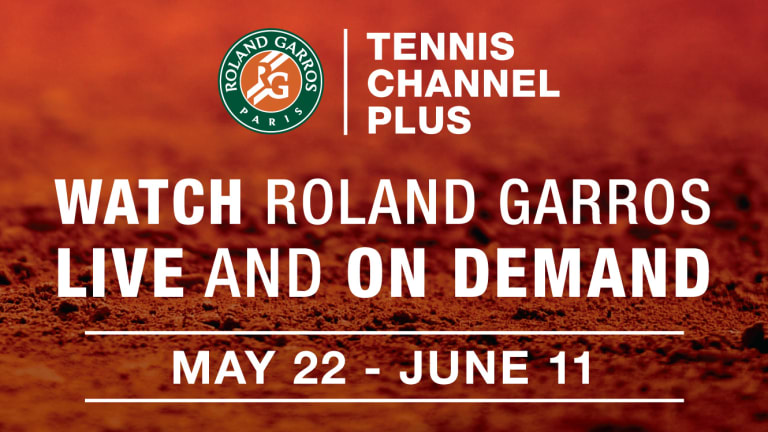“It’s all about confidence.”
If you’ve listened to a tennis player speak for more than a minute in your life, you’ve probably heard a variant of that sentence. Confidence is the Holy Grail and the ever-elusive X factor in this individual sport. It’s also the great democratic leveler. Even the most vaunted and hardened champions, those who have scaled the game’s summits over and over again, can lose their self-belief in a matter of minutes, and not find it again for months or even years.
As we saw this weekend in Madrid, confidence works differently for different players. Simona Halep and Rafael Nadal have each struggled, sometimes mightily, to find it and keep it over the last three years. But by the end of the week at the Caja Magica, as they survived the stiffest of challenges from their final-round opponents and completed their title runs, the Spaniard and the Romanian were true believers in themselves again.
With Halep, confidence can wax and wane from one set to the next. For a Top Tenner, she can lose belief quickly; when one thing goes wrong, she seems to think everything is destined to go wrong. Her perfectionist’s nature, as well as her size—she’s a smaller player constantly trying to fend off more powerful foes—seem to contribute to this fatalistic mentality. Whatever the reason, it’s easy to see when it happens. Halep begins to play blindly; she grabs the balls and steps to the line as quickly as possible—better to get whatever is about to happen over with as soon as possible.
Halep had been to the Madrid final twice before, and she won the tournament last year, but that wasn’t enough to make her believe she was going to do it again when the week started. In her second match, she fell behind 2-5 in the third set to Roberta Vinci. When her coach, Darren Cahill, came out to give her a pep talk, Halep stared blankly in front of her, as if she couldn’t quite make herself buy what he was selling.
The dirty secret about confidence in tennis is that sometimes it takes an opponent showing less of it to make you believe that you have more of it again. Vinci threw away a game at 5-3 and couldn’t close Halep out at 5-4. Soon the Romanian was belting forehand winners and doing her trademark whirling fist-pump, as if she never had a doubt in her life. Fortified by that win, and believing again that the worst isn’t always bound to happen, Halep won another close three-setter, over Sam Stosur, soared past Coco Vandeweghe and Anastasija Sevastova, and survived a very stubborn Kristina Mladenovic in the final.
